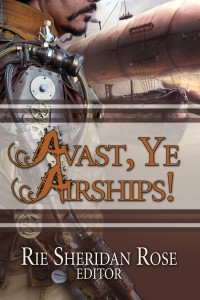You’ve heard of man-caves. Do you write in a cave? A nook? A special room dedicated to your craft? A place where all you do is write?
I’m curious about the percentage of writers who have such a place. Also, what’s the percentage of writers who don’t have a cave but wish they did?
Let’s explore the concept of writer’s caves and their characteristics. I believe there are seven features you might seek in setting up such a place. You could be looking for one, two, or any number of these aspects. Conveniently, they all begin with ‘s.’
- Stimulation. You chose your cave because its window scenery inspires. Or you brought motivational aids into the space, such as pictures, incense, or music. You laid out the room so that it stirs your creative fluids and launches your mind in flight.
- Silence. The cave is the one room in your dwelling that’s quiet. No conversation noise, no traffic noise, no TV or radio. You need peace to write and can only find it here.
- Separation / Solitude. Okay, that’s two s-words, but they are related. To write, you need to isolate yourself from others, to be alone. The presence of spouse, children, or roommates requires you to attend to their needs, to engage with them, and you can’t write under those conditions.
- Single-mindedness. You dedicated this chamber to writing, and that is all that occurs within. No distractions permitted. Here you focus only on creating masterpieces of fiction. You’ve banned all mental wandering, research, games, daydreaming, and navel-gazing from this room. It’s nose to grindstone here.
- Supplies. You need certain stuff to write. Perhaps this stuff includes your computer, printer, ink, reams of paper, favorite pens, reference books, etc. You’ve gathered all these things in one space, convenient and ready at hand.
- Security. Your cave didn’t start out as anything special, and perhaps it isn’t special now. But you’re just comfortable here. It’s become a habit. Since it’s working, why change a thing?
- Setup. In your cave you’ve achieved ergonomic perfection. You’ve chosen a chair shaped for optimum comfort and proper spine support. The computer screen is at the right height. You’ve positioned the keyboard and mouse such that you could work here all day without fear of repetitive strain injury.
I’ll make two guesses about writer’s caves. First, I’ll bet they used to be more common than they are now. I say that because pens once required frequent dipping in an inkwell, and you didn’t want to be toting one of those around. After the advent of typewriters, those machines weren’t exactly portable either. These technologies chained writers to specific desks.
Only the invention of pens with internal ink reservoirs freed writers to write anywhere. Today’s laptop and tablet computers also provide portability that allows you to write wherever you choose, and to bring your digitized reference materials with you.
My second guess is that most successful authors have caves. Those who churn out best-sellers might cite any of my 7 s-reasons for their own caves, but after awhile, it amounts to Security. They’ve found something that works and see no need to change.
That’s not to say that caves are essential to writing success, or that all the best authors have their own caves.
What does Poseidon’s Scribe’s writing cave look like, you ask? I used to have one, but don’t any more. I had a den that I set up with everything I then needed—spacious desk, shelves of books, inspirational framed pictures, internet connection, printer, supplies, etc.
 I don’t write there very much anymore. Now I write first drafts while commuting on the subway.
I don’t write there very much anymore. Now I write first drafts while commuting on the subway.
At home, I take my laptop wherever I’m close to an outlet, and it could be in any room, any seat, like  on the couch in the living room. In good weather, I sometimes write out on the deck.
on the couch in the living room. In good weather, I sometimes write out on the deck.
In short, the world is my cave.
How about you? Do you write in a special place? What do you call it? What is it about that space that makes you want to write there?
Leaving a comment about that is your homework, assigned by—
Poseidon’s Scribe

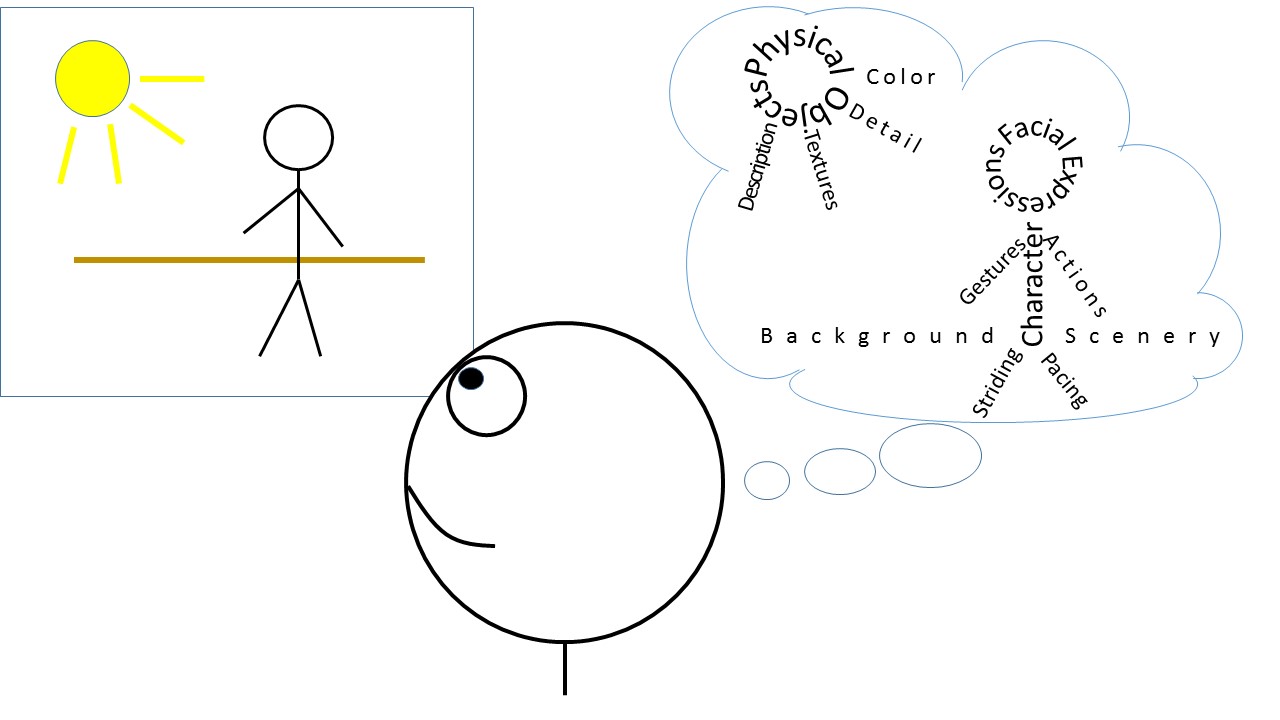 Before we get to writers, let’s discuss observation in general. While acknowledging there are other epistemological theories, I’ll assume there is a single, physical world out there, and each person observes it differently. Those differences are due to observations taken from different physical locations, accuracy of senses, mood, previous experiences, and many other things.
Before we get to writers, let’s discuss observation in general. While acknowledging there are other epistemological theories, I’ll assume there is a single, physical world out there, and each person observes it differently. Those differences are due to observations taken from different physical locations, accuracy of senses, mood, previous experiences, and many other things.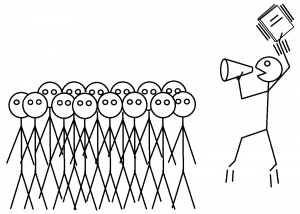 There’s plenty of advice out there, both online and in excellent books, about marketing your stories. Many websites provide long lists with scores of tasks for you to do. It’s a bit intimidating.
There’s plenty of advice out there, both online and in excellent books, about marketing your stories. Many websites provide long lists with scores of tasks for you to do. It’s a bit intimidating. Violent interactions can take many forms beyond individual combat. These include war, rape, terror, shooting sprees, etc. This post focuses on fights between two characters, but many of my suggestions apply to other situations.
Violent interactions can take many forms beyond individual combat. These include war, rape, terror, shooting sprees, etc. This post focuses on fights between two characters, but many of my suggestions apply to other situations.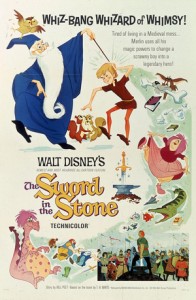
 For centuries, when much of literature served the purpose of inculcating morality, authors portrayed villains as one-dimensional characters devoted to pure evil. Writers made it easy for the reader to distinguish the villainous characters from the good ones, by appearance, speech, and actions. Authors provided no reason for the villain’s malevolent nature, nor were such reasons expected. The villain was just bad, that’s all.
For centuries, when much of literature served the purpose of inculcating morality, authors portrayed villains as one-dimensional characters devoted to pure evil. Writers made it easy for the reader to distinguish the villainous characters from the good ones, by appearance, speech, and actions. Authors provided no reason for the villain’s malevolent nature, nor were such reasons expected. The villain was just bad, that’s all. Advance warning: this post is full of opinions that may sound stereotypical and sexist. As a caveat, let me say the characteristics I’ll ascribe to women and men are generalizations. Not all men, nor all women, are as described below. There is plenty of overlap in thoughts and behaviors between genders.
Advance warning: this post is full of opinions that may sound stereotypical and sexist. As a caveat, let me say the characteristics I’ll ascribe to women and men are generalizations. Not all men, nor all women, are as described below. There is plenty of overlap in thoughts and behaviors between genders.
![Pageflex Persona [document: PRS0000039_00001]](https://stevenrsouthard.com/wp-content/uploads/2015/10/HidesTheDarkTower-DigitalCover-FINAL2-200x300.jpg)

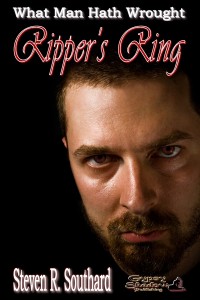
 ten (top five, even) of the nominated horror short stories of 2015. I’m proud of “Ripper’s Ring” and gratified that readers think enough of it to send in their votes.
ten (top five, even) of the nominated horror short stories of 2015. I’m proud of “Ripper’s Ring” and gratified that readers think enough of it to send in their votes.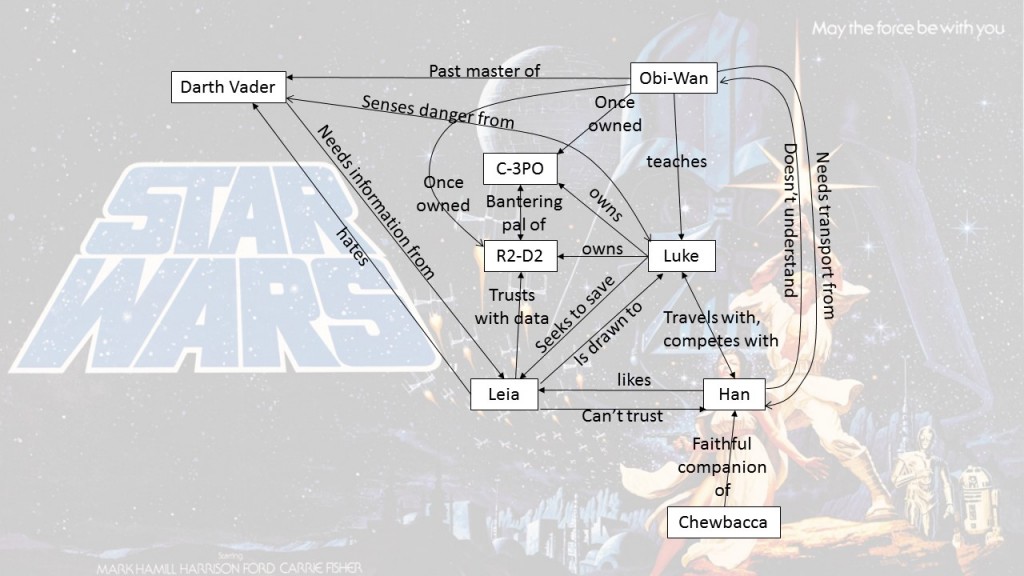 The one I’m showing here, for the first Star Wars movie, A New Hope (Episode IV), is for illustrative purposes only and is not complete or necessarily accurate. My only intent is to show one possible example for a case familiar to most readers. To see many other sample Character Relationship Maps, do an Internet search for that term and click on images.
The one I’m showing here, for the first Star Wars movie, A New Hope (Episode IV), is for illustrative purposes only and is not complete or necessarily accurate. My only intent is to show one possible example for a case familiar to most readers. To see many other sample Character Relationship Maps, do an Internet search for that term and click on images.